
Photo Credit: Jack Davis (pixures.tumblr.com)
It’s February – the holidays are well behind us, but winter is far from releasing its grip. This is the time of year in which the luster of cold-weather activities begins to wear off, winter carnivals and events wind down, and you find yourself dreaming about warm spring afternoons. Though you may be tempted to spend the rest of the season in bed, here are our top 20 snow-compatible activities to help you beat the cold and stay positive in the closing weeks of winter.
1. Spend the day ice skating
You can’t move in Minnesota without tripping over a frozen lake – they’re our greatest treasures! Strap on your skates and enjoy your local watering hole in its solid form. If you don’t have your own blades, many rinks offer rental skates. Lake of the Isles in Minneapolis, Minnesota rents them for free in all sizes.
2. Visit the Marjorie McNeely Conservatory
If the only green thing you’ve seen in months is your Christmas tree, consider visiting the Marjorie McNeely Conservatory in Como Park, St Paul and immersing yourself in lush foliage from around the world. Step into the Tropical Encounters exhibit and feel your skin react with joy to the long-forgotten sensation of humidity. The Fern Room, the Bonsai exhibit, and the North Garden – with its collection of plants that have changed human history – are beautiful, educational, and guaranteed to be over 70° Fahrenheit. There are no entrance fees, only small suggested donations ($3 for adults, $2 for children).
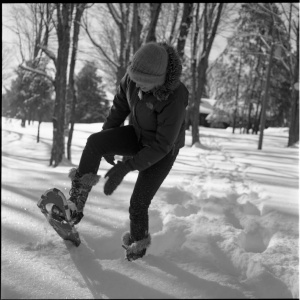
Photo Credit: Jack Davis (pixures.tumblr.com)
3. Explore Minnesota’s parks on snowshoe
If you’ve always wished you could glide buoyantly across the snow and explore places inaccessible to hiking, snowshoeing might be for you. Whitewater State Park outside of Rochester, Minnesota hosts guided Snowshoe Saturdays twice a month. But if you prefer solo adventuring dozens of Minnesotan parks provide snowshoe rentals to the public. Afterwards you’ll want to warm up your extremities with some fancy hot chocolate.
4. Visit an art museum
There’s nothing better than exploring an art museum on a gray, sleety day, and we have two excellent ones here in the Twin Cities. The Walker Art Center and the Minneapolis Institute of Arts both have extensive collections, the latter of which is largely free to the public. Of particular interest is the ongoing “Nature of Nature” exhibition at the MIA’s Target Wing. The Walker Sculpture Garden takes on a completely different aspect in winter, and is worth a look on a sunny day.
5. Indoor or ice climbing
If you’re not ready to commit to a gym membership, your local rock gym should offer climbing day passes, which are fun ways to stay active even on the coldest days. Midwest Mountaineering in St. Paul has a free bouldering cave for customers, and is definitely worth a look when you’re outfitting your next expedition. If your passion for climbing outdoors can’t be contained by the cold, Vertical Endeavors offers monthly Ice Climbing courses in Sandstone, Minnesota. Then, get your crampons over to Casket Quarry in Duluth (don’t let the name deter you) and practice your newfound skills!
6. Build a bonfire and roast s’mores
Turn a weeknight into a camping trip by roasting s’mores over a fire pit or grill. If you don’t have a space for a bonfire, you can still make s’mores over a gas-lit stove!
7. Go ice fishing
If you’ve ever thought to yourself, “I like to fish, but I sure hate standing in the cold,” ice fishing is still the sport for you. You can rent a shanty on Lake Mille Lacs (yes, that does mean Lake “One Thousand Lakes”) near Brainerd for the day and plumb the frozen depths for trout. Some of these “shanties” come equipped with central heating and WiFi, but you can adjust the modern convenience level to your comfort.
8. Treat yourself to some maple taffy
This sticky snow day treat had a cameo in Laura Ingalls Wilder’s book about pioneer life in Minnesota, Little House in the Big Woods. It’s made by pouring boiled maple syrup over fresh snow and it couldn’t be yummier (see recipe here).
9. Cross-country ski
Minnesota may not have as many downhill skiing opportunities as other northern states, but our cross-country scene is on point. The leisurely pace of cross-country skiing facilitates wildlife encounters, conversation and photo opportunities, and most of our parks have well-groomed trails waiting to be explored. For a romantic twist, try a candlelit ski trip with your significant other (BYOB).
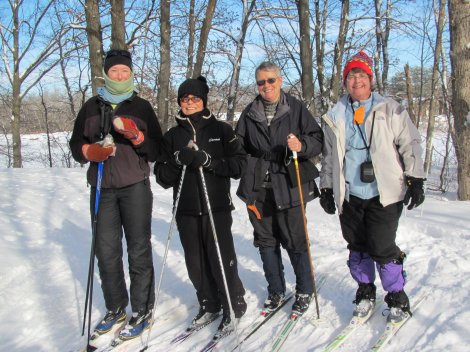
Sierra Clubbers on an outing at Lebanon Hills. Photo Credit: Joyce Icardo
10. Tour a brewery
Learn about how beer is made, taste some delicious (and free!) local brews, and support your neighborhood businesses by registering for a brewery tour near you (make sure you have a designated driver or public transportation plan in place). Check out this list of breweries across the state that are open for tours. Afterwards, take what you learned and try crafting your own brew at home – you can buy all the supplies you need at any of these stores.
11. Grow indoor vegetables
The earth outside is frozen, but you don’t have to give up on your fresh vegetable game completely. Some veggies that do well in partial sunlight can be grown indoors in the winter without a UV lamp. You can find instructions and a list of good plant candidates for windowsills here. For beginner gardeners, sprouts are easy to grow in even the smallest kitchen!
12. Dash through the snow on a dog sled
You don’t have to own 12 purebred huskies to enjoy the thrill of dog sledding. Plenty of lodges near Duluth, Ely and the Boundary Waters offer guided day trips and longer camping trips. If you’re not quite ready to take charge of your own wolf pack, there are plenty of opportunities to watch dogsled races around the state, such as Mush for a Cure on Gunflint Lake, Minnesota or Wolftrack Classic in Ely, Minnesota.
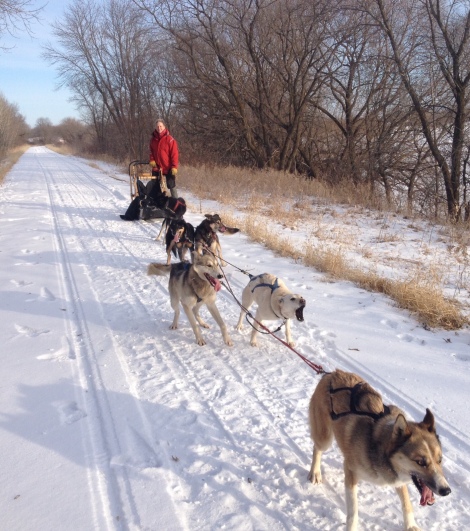
Minnesota musher, Tom Roos, and his dogs on the Data Trail in Alexandria, MN
13. Rock an evening at a roller derby
With all the grace of an ice dancing show and all the violence of a monster truck rally, roller derby is a sport unlike any other. Ladies, the waitlist to join a beginner’s league can be over a year long, but in the meantime you can catch bouts every month at the Roy Wilkins auditorium.
14. Ride the Alpine Roller Coaster at Spirit Mountain
If you can’t wait until Valley Fair opens up again in May, check out the Midwest’s only alpine roller coaster, located on Spirit Mountain in Duluth, Minnesota. Spirit Mountain hosts a variety of wintery analogs to typical summer activities, like fat tire mountain biking and snow tubing, so it’s definitely worth a visit!
15. Check out the Minneapolis Home and Garden Show
The Home and Garden Show at the Minneapolis Convention Center runs from February 25th to March 1st and will include an assortment of domestic exhibits, including models of sustainable living and design, “upcycled” furniture, cooking demonstrations and indoor feature gardens to get you in the mood for planting season.

Photo Credit: Michael Shoop
16. Explore winter wildlife watching
Not everything hibernates or flies south in the winter – some species (particularly overwintering birds) are especially active in the colder months. This is a great time to practice identifying animal tracks in the snow, and the wintry landscape can be a beautiful setting for wildlife photography. The DNR has compiled some useful winter wildlife viewing tips and events here.
17. Steam up in an Urban Sauna
Originally a Finnish winter tradition, the sauna lifestyle is currently blowing up in the Twin Cities and beyond. Sauna advocates tout their health benefits, and sitting in a hot, steamy room for hours certainly makes you appreciate the icy breezes outside. Although we still lack a public sauna, groups such as the 612 Sauna Society are dedicated to improving access with mobile and pop-up saunas around the twin cities. Not comfortable using someone else’s sauna, and you’re good with your hands, considerbuilding your own this winter!
18. Join a broomball league
Broomball is an exciting sport that requires minimal equipment and offers the chance to see your friends and coworkers fall down a lot, so what’s not to love? You can start your own league or join an existing one here.
19. Go to a concert
The music won’t stop just because it’s below freezing out – check out this list of upcoming concerts in the state.
20. Fantasize about Spring
Okay, so you’ve done everything on this list and… it’s still cold outside. There’s nothing left to do but plan your summer vegetable garden, draft invites to grilling parties, imagine trips to the lake, and gaze at your collection of jorts in despair. As much as we love Minnesota winters, they do tend to overstay their welcome – but how could we appreciate summer without them?
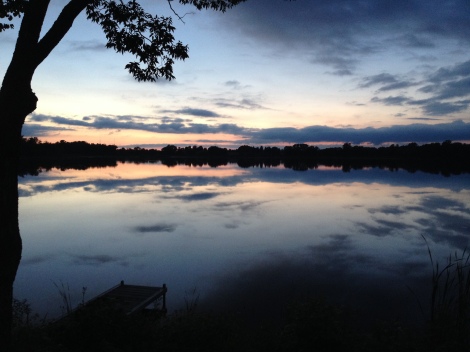
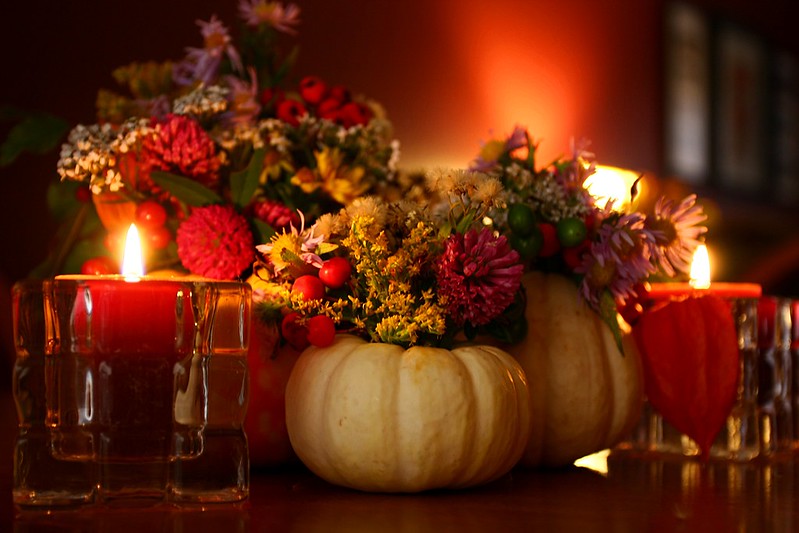

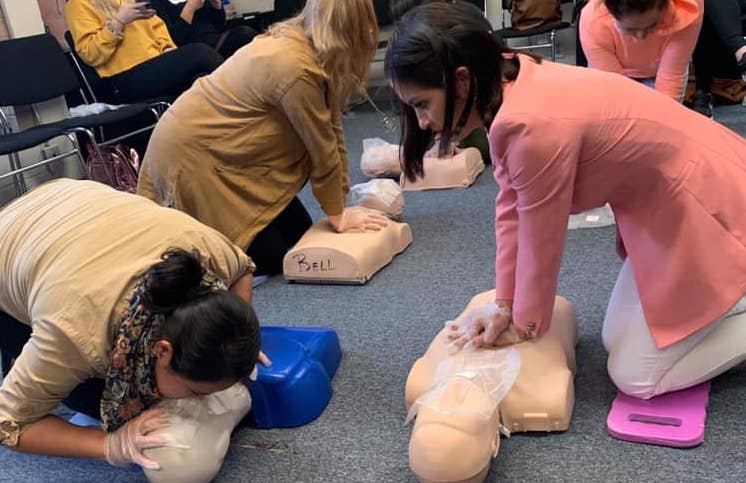
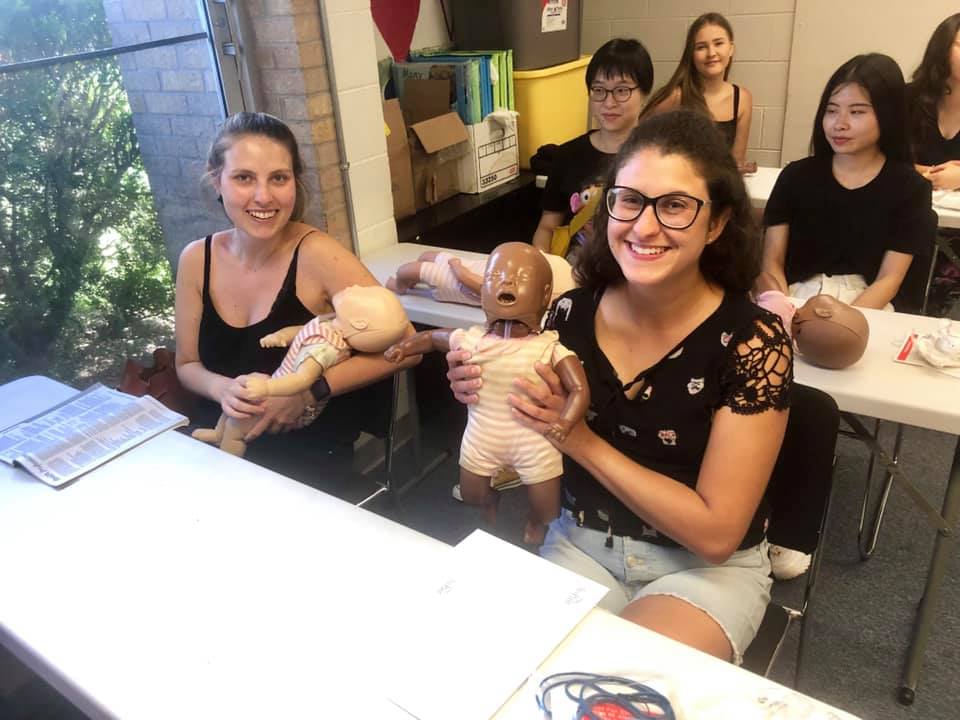 Classes are available through the Red Cross. Au Pair in America will pay for the cost of a class providing an au pair has at least six months left on her visa and is taking one of several approved childcare/child safety-related classes, such as Adult and Pediatric First Aid/CPR/AED. Au pairs should check with their community counselor and host family before signing up. Au Pair in America will register the au pair directly.
Classes are available through the Red Cross. Au Pair in America will pay for the cost of a class providing an au pair has at least six months left on her visa and is taking one of several approved childcare/child safety-related classes, such as Adult and Pediatric First Aid/CPR/AED. Au pairs should check with their community counselor and host family before signing up. Au Pair in America will register the au pair directly. Almost everyone experiences culture shock when they come to a completely new environment. Everything is different: the language, the food, and the people.
Almost everyone experiences culture shock when they come to a completely new environment. Everything is different: the language, the food, and the people.

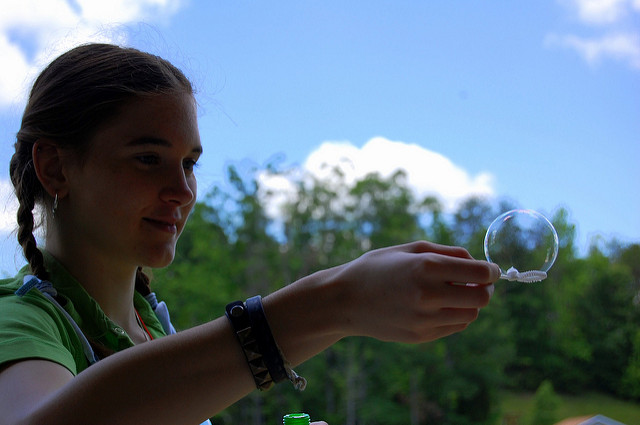 Just because a child is old enough to occupy themselves, doesn’t mean that they should be expected to do so the majority of the time. Host families have a certain expectation of activity and involvement for their children. Get the kids engaged and active. You can be more fun than the TV or a video game.
Just because a child is old enough to occupy themselves, doesn’t mean that they should be expected to do so the majority of the time. Host families have a certain expectation of activity and involvement for their children. Get the kids engaged and active. You can be more fun than the TV or a video game. We live in a time of constant sharing through social media. We often share pictures, plans of somewhere we are going or rants about problems, without thinking much about who will see it and what could be the consequences.
We live in a time of constant sharing through social media. We often share pictures, plans of somewhere we are going or rants about problems, without thinking much about who will see it and what could be the consequences.





